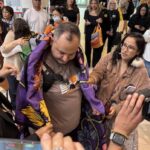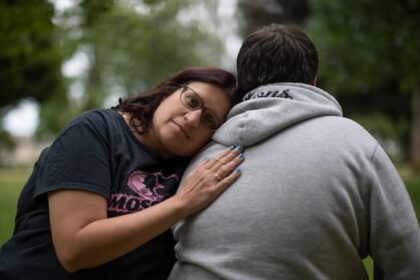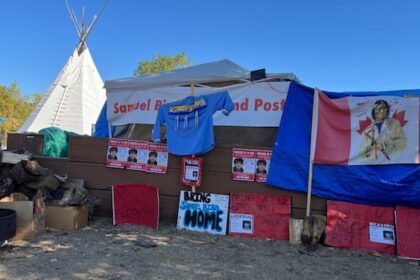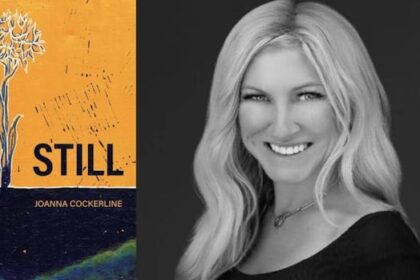A recent census found 2,469 people were living on the streets of Winnipeg in the fall of 2024. That’s nearly double the 1,256 people interviewed by End Homelessness Winnipeg (EHW) volunteers in 2022. In fact, it’s a record, said Aynslie Hinds, who led the collection of the data that was released Thursday. “This is the highest number of folks reported to be experiencing homelessness in the 10-year history that the count has occurred,” Hinds told a news conference.“We figure this is still an under-estimate of the total number of people experiencing homelessness.” People who agreed to be interviewed received an honorarium consisting of two bus tickets, a $5 McDonald’s gift card, two cigarettes and a pair of socks. Manitoba Housing Minister Bernadette Smith speaks at the End Homelessness Winnipeg news conference. Photo: Jared Delorme The census was conducted with the help of 160 volunteers from Nov. 6, 2024 to Nov. 9, 2024 and Nov. 12, 2024 or five days, said Elijah Osei-Yeboah, manager of Evaluation and Shared Measurement at EHW. The exercise was funded by the federal government. “The PIT (Point In Time) Count provides an estimate of how many people in the city experience homelessness in a day,” Osei-Yeboah said. The census found the most common reasons for housing loss included low income, eviction, substance use, conflict and discrimination. It noted that nearly 68 per cent of participants were chronically homeless, having experienced homelessness for six months or more within the past year. READ the 2024 PIT Count report here “Like other Canadian cities,” the census said, “Winnipeg’s data highlights persistent systemic pathways into homelessness, including discharges from child welfare, health, and justice systems.” There have been five PIT counts held in the city so far, Osei-Yeboah noted, in 2015, 2018, 2021, 2022 and 2024. Al Wiebe, a member of the PIT Count steering committee and homeless advocate in Winnipeg, said the data is invaluable. “If we don’t know the reason (someone is homeless) we can’t do anything,” he explained. “There are so many reasons out there why people end up on the street. “So many folks come down to Winnipeg from the reserves to find a better life,” he added, “and they end up on Main Street and never leave.” Lived in a shelter Bernadette Smith, the provincial minister of Housing, Addiction, Homelessness and Mental Health, said her First Nations parents lived in a shelter when they first arrived in Winnipeg from their rural communities. “Not everyone understands homelessness,” she said. “It’s a complex issue shaped by poverty, trauma, discrimination and the inter-generational impacts of colonization.” Smith said the census helps politicians, advocates and others understand the pathways into and out of homelessness. And design appropriate programs to address it. The census concluded that Winnipeg needs more financial, mental health and substance use supports, along with ways to keep families together to prevent homelessness before it begins. It said there should be transitional housing for Indigenous people moving to Winnipeg for education, work, health or emergencies. Discharging people into homelessness And, it recommended hospitals, child welfare agencies and the justice system stop discharging people into homelessness without release planning, support systems and housing. For her part, Smith said her department was investing in making affordable housing more accessible and providing support services via outreach teams through its “Your Way Home” strategy. She said 77 “stable folks” were housed, happy and receiving services under the program so far. EHW board member Justin Woodcock said the latest census delivered a sobering message. “The 2024 count shows us the extent of the crisis,” he said. “More people are living without housing than ever before with Indigenous people, youth, older adults and newcomers disproportionately affected.” Faces behind the figures The citizen of Opaskwayak Cree Nation in northern Manitoba said there were a lot of human faces behind the figures. “Each number is a person, a neighbor, a relative, a veteran, a friend and each deserves dignity, safety and belonging,” he said. Woodcock emphasized that agencies, governments and well-meaning people cannot address homelessness without housing. “Your commitment ensures that we don’t look away from this,” he noted. Hines said volunteers were trained to hit the streets with pre-determined questions. But some additional data they wanted was not made available by Manitoba Justice and Child and Family Services. “There are limitations to this survey,” she noted. Winnipeg, the capital of Manitoba, has a population of nearly a million people. In 2021, Indigenous people comprised 12.4 per cent. Continue Reading
Homeless census records highest number of people on Winnipeg streets
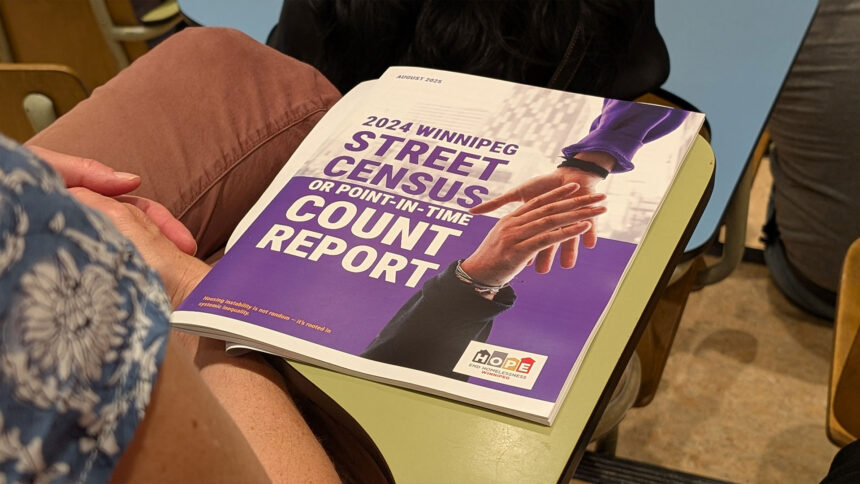
Leave a Comment


